Should You Invest Time and Resources to Prequalify Food Plant Subcontractors?
This is a question we hear food plant owners asking themselves time and time again when embarking on new projects. Do I really need to invest in prequalifying subcontractors? I have relationships with other vendors—why pay someone else to hire subs when I can save money and just pick people myself? There are plenty of reasons that hiring subs must be taken very, very seriously. The wrong decision can result in risks ranging from project delays and unexpected expenses to safety threats. And with food manufacturing facilities in particular, you have the added layer of food safety risks. Here are some things to keep in mind if you’re on the fence about investing time and resources into prequalifying food plant subcontractors for your project.
Continue Reading “Should You Invest Time and Resources to Prequalify Food Plant Subcontractors?”



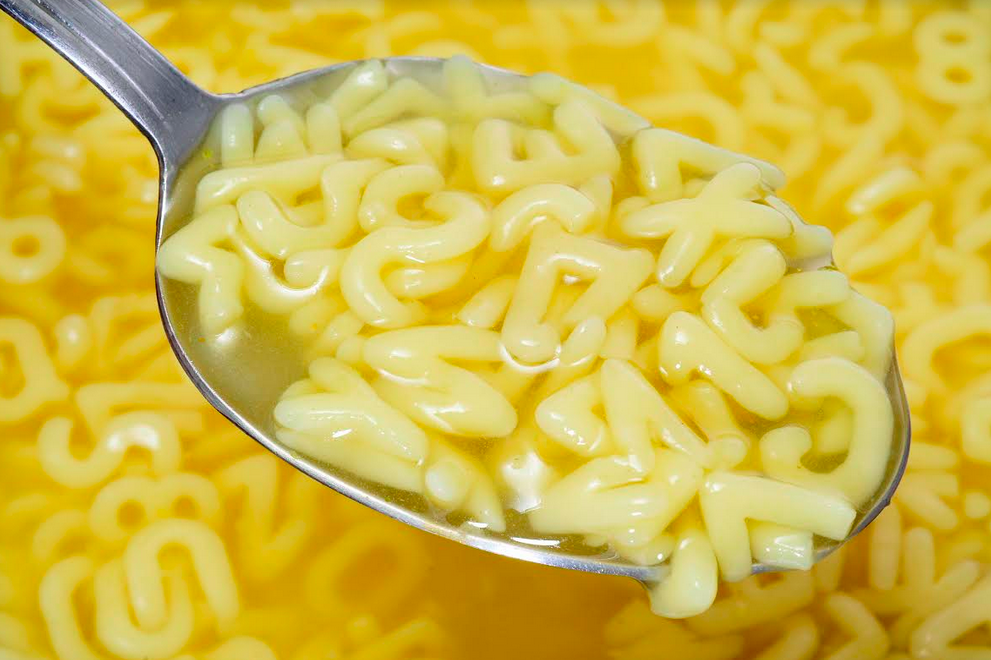

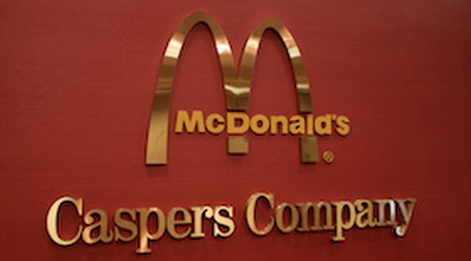
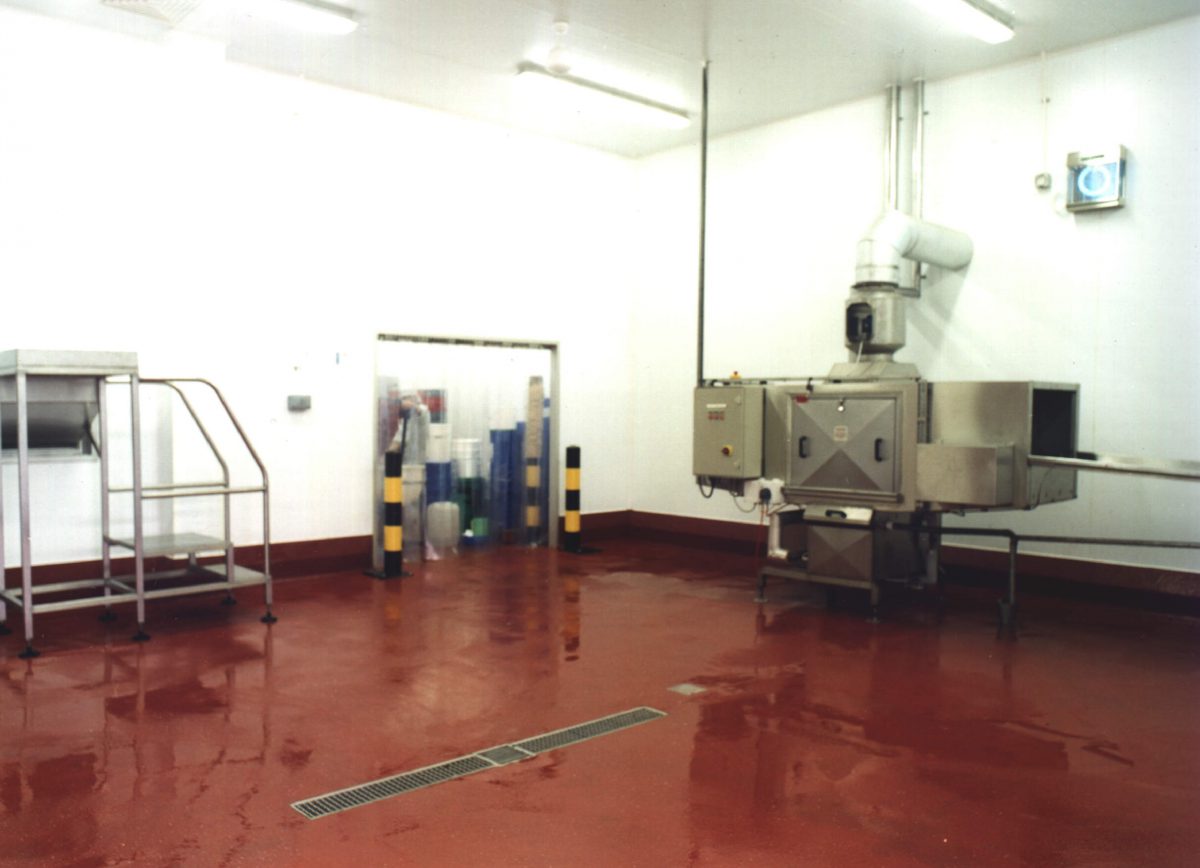
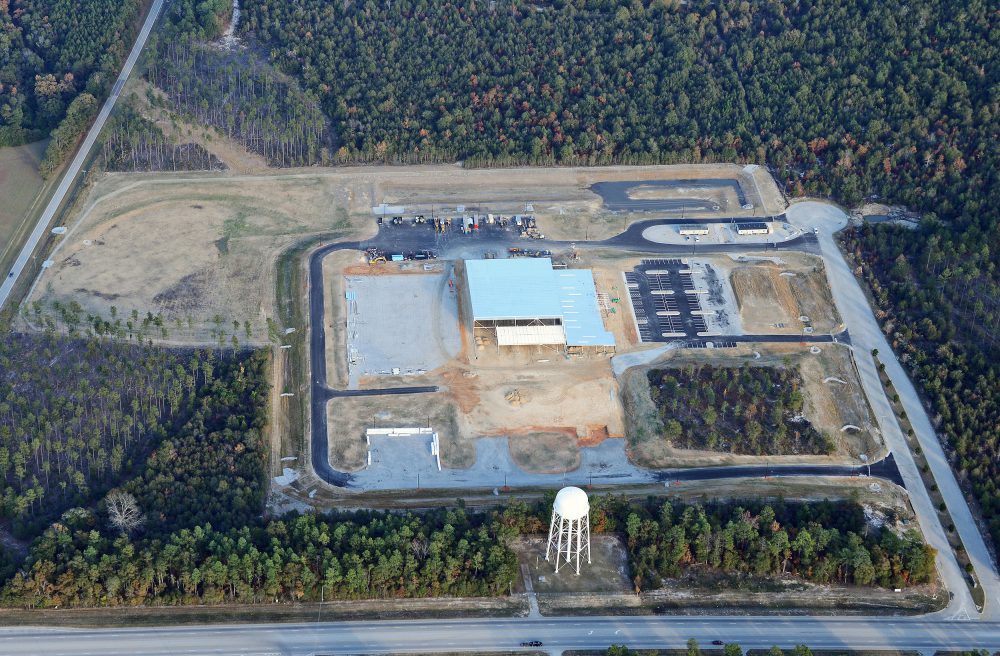
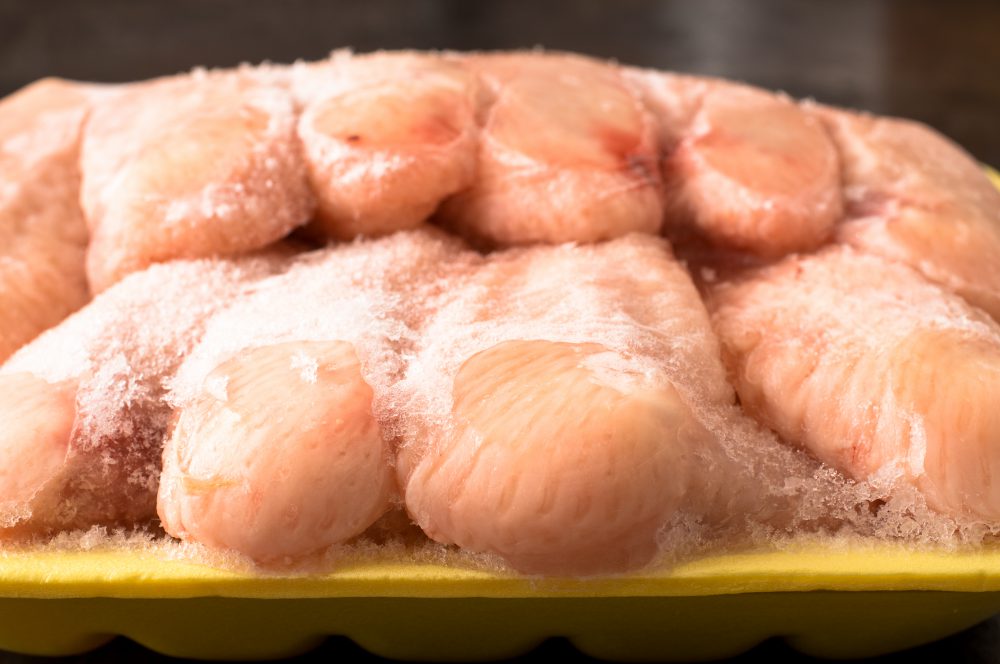
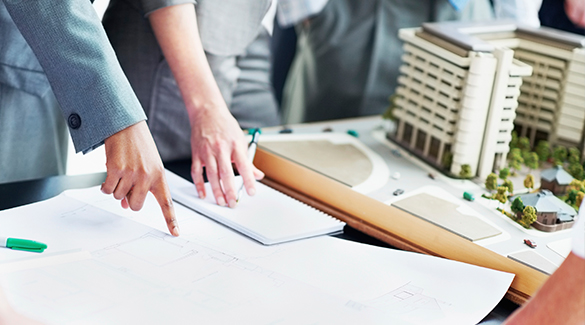
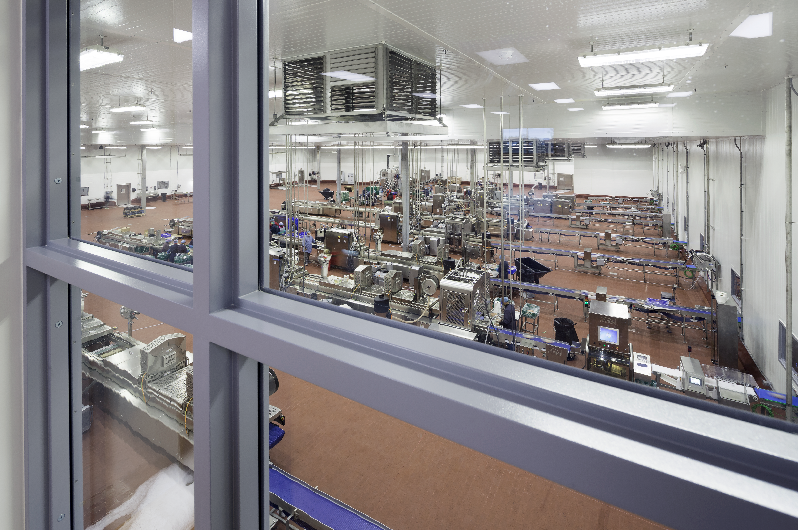
![How Does Your Food Business’ Strategic Plan Stack Up? [Downloadable Checklist]](https://stellarfoodforthought.net/wp-content/uploads/2016/06/Screen-Shot-2016-06-15-at-1.57.35-PM.png)